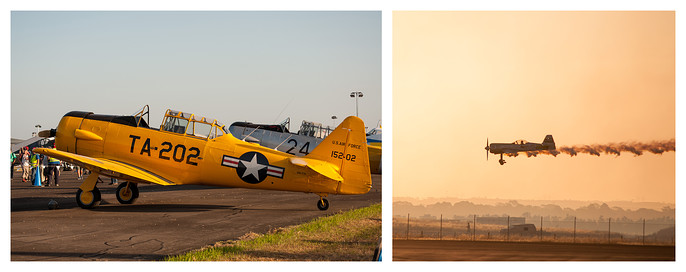
10 Tips for the Perfect Photo References
As artists photo references are meant to give visualization for a project, a starting point, inspiration and sometimes even to be integral part of a painting or used for textures. Getting a project right can often depend on having the perfect reference photos. Here are 10 tips to guide you through getting great resources for your next piece.
1. Take Photos in Diffused Light
One of the most important things to consider when taking reference photos is the lighting. Unless you are after a particular lighting scenario then you want to avoid taking photos under direct light. This makes the photos much more useful for photobashing, as it's much easier to add light to a scene than to change it.

Sometimes you won't have a choice when you shoot but try to get as much as possible in favorable lighting conditions. Overcast days, morning and late afternoon are the best times
2. Take Your Camera Everywhere
You never know when you are going to come across something interesting to photograph. It could be a great texture, interesting architecture or an awesome cloud formation forming overhead. There's always something to observe and photograph that might be useful knowledge later on.

3. Know the Software You Are Using
When editing my photos I spend 95 percent of my time in Lightroom as it's an easy way to quickly edit photos. One particular feature I love in Lightroom is the 'Copy and paste develop settings'. This has saved me so much time when editing a batch of similar photos. In the Develop module, you can copy all adjustments on one photo and paste them onto another.

(Right click an image>Develop Settings>Copy/Paste Settings)
4. Shoot RAW
Taking photos in RAW format give you the most freedom when it comes time to edit. This way you can adjust things like exposure and white balance more easily. I'll also try to remove a bit of the black and contrast from shadows to make everything a little more evenly lit. You get more control over this by shooting RAW.
5. Use Photoshop
I don't usually leave Lightroom unless I have to remove an object from a photo (like a cable or street sign). I don't do this too often but occasionally there will be a great reference ruined that I can easily fix in photoshop to save me doing it when I use the reference.

Get to know the clone and healing tools in Photoshop. They will be your best friend and can make some pretty fast minor adjustments.
6. Capture Things in Different Lighting Scenarios
While diffused lighting is usually the way to go, it can be useful to see how materials and environments change in different lighting conditions. This can be difficult to do when you are only in a place for a short time but try to start a reference folder of places around your house in a vast array of different lighting conditions.

7. Get Multiple Angles
Most of the photos I take are shot keeping photobashing in mind so I try to stay within shooting angles that are more commonly used, like eye level. But occasionally I'll vary it up to get some angles that are difficult to find online.

For example, it can be very difficult to find objects from the back and underneath if you are searching online, so it can be very handy to have all sorts of different angles and perspectives. Just make sure you also get the common angles as well as you will use those a lot too.
8. Share Them
I've spent the last two years collecting references from my travels around the world and I love that I have such an easy platform like Cubebrush to share them with everyone.
Everyone has a different perspective when picking up a camera so be sure to check out the different reference packs available and don't be shy to share some of your own that you have taken. Everyone benefits from having more resources available.
9. Save Selections
Consider saving images you cut out as a png/tiff for quick use later on. Say for example you spend ten minutes selecting a tree to use in your photobash painting.

You can save that selection so the next time you need a tree like that you won't have to spend the time selecting it. You can just drag and drop. I have a couple of these types of packs coming out soon. They are useful for speeding up your workflow which is always a plus.
10. Last Tip
Remember to take a step back from the camera sometimes. Make sure to spend a bit of time observing what you are seeing. You'll see a lot of things in real life that a camera can't capture so it's important to observe how different lighting acts in the environment. You can then use the photos you have taken to draw back on those experiences.
Article by Tom Lopez - Visit his Cubebrush Store containing tons of reference packs with amazing photos to utilize for your next project.
